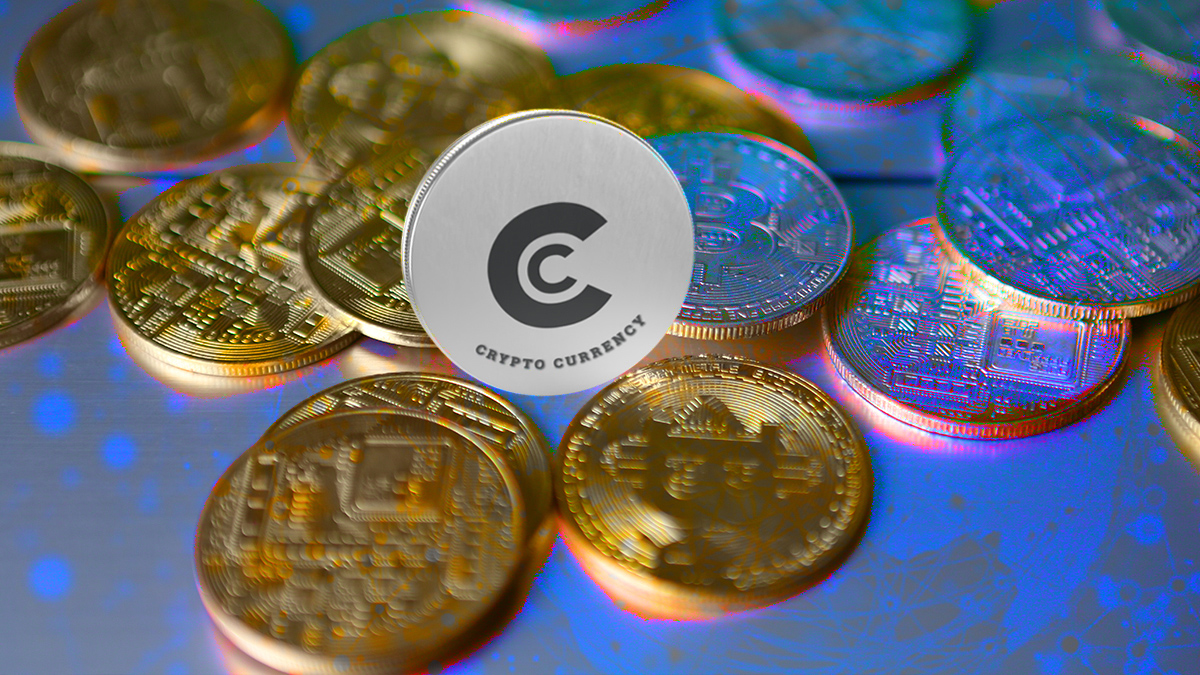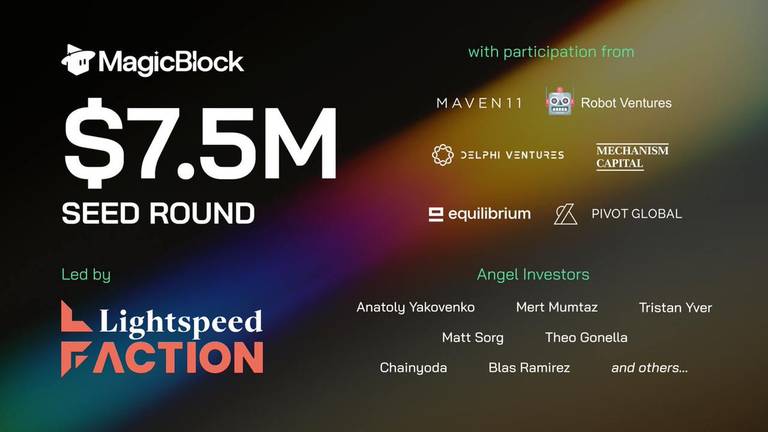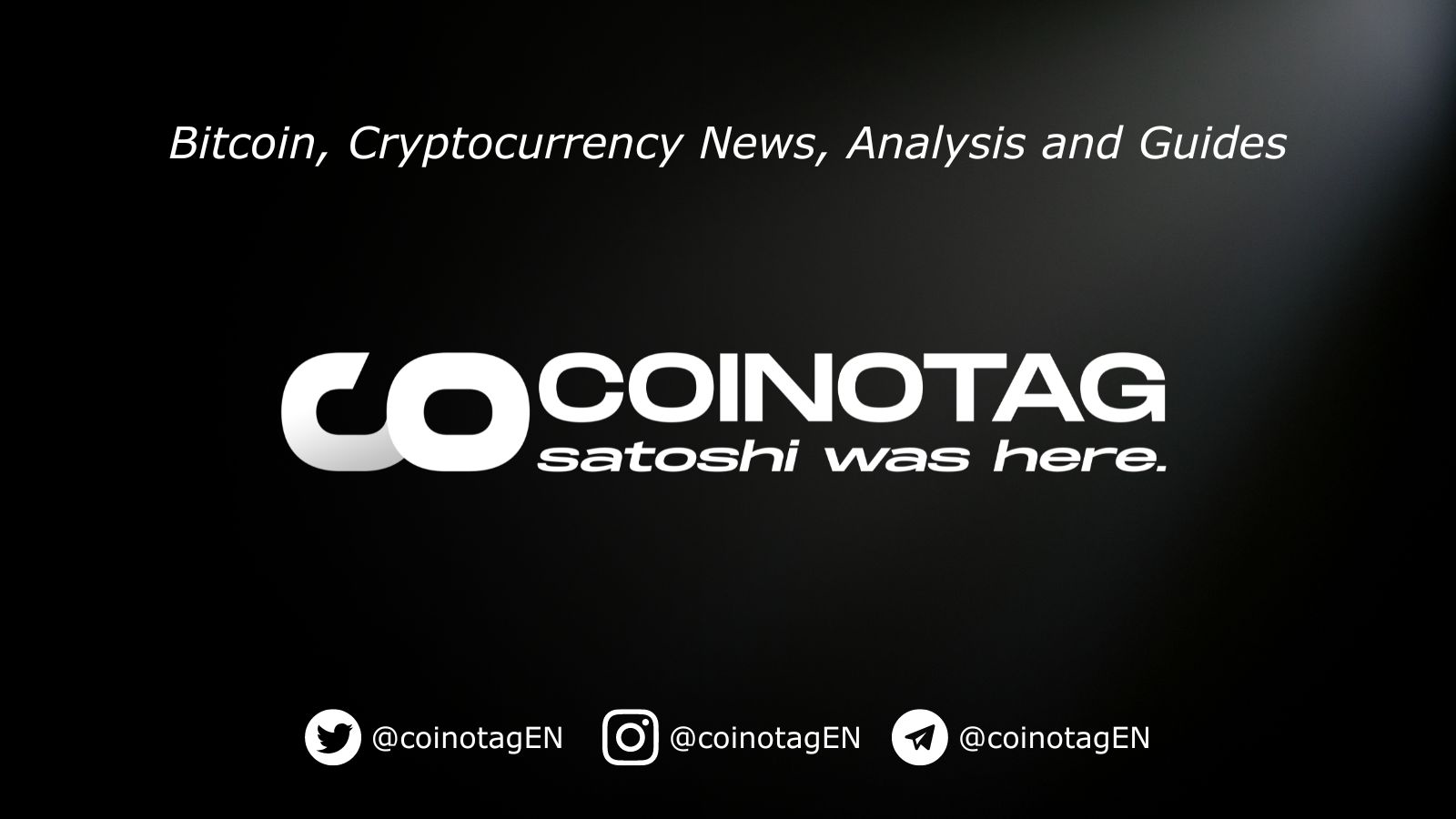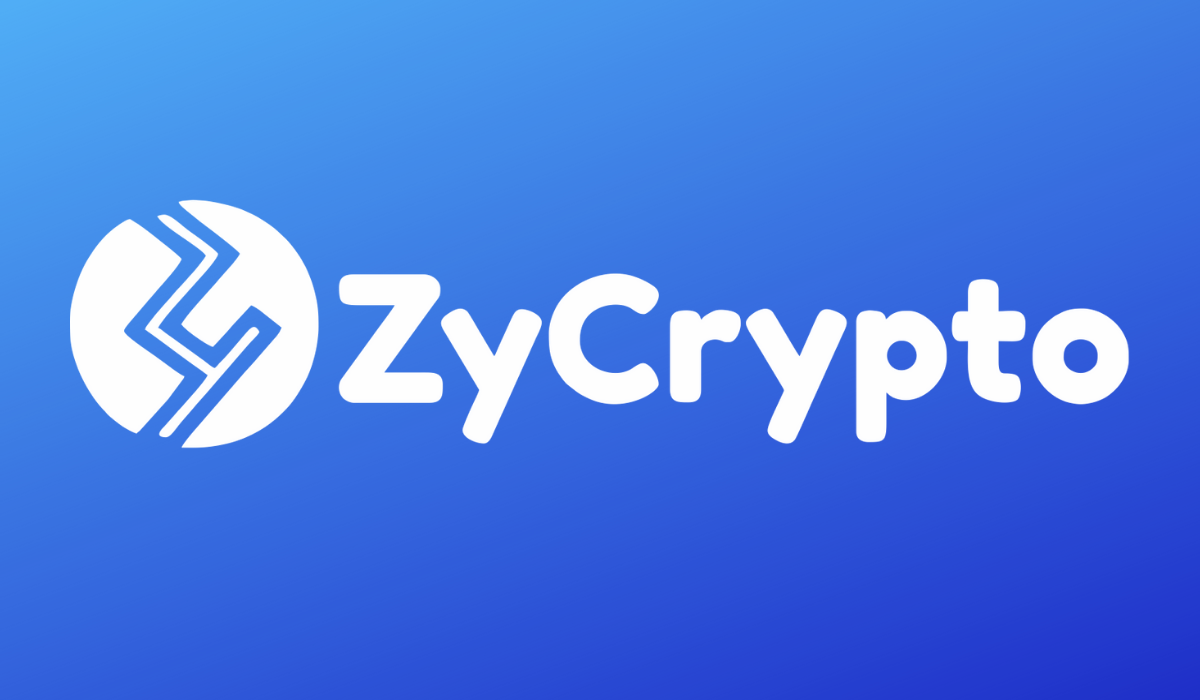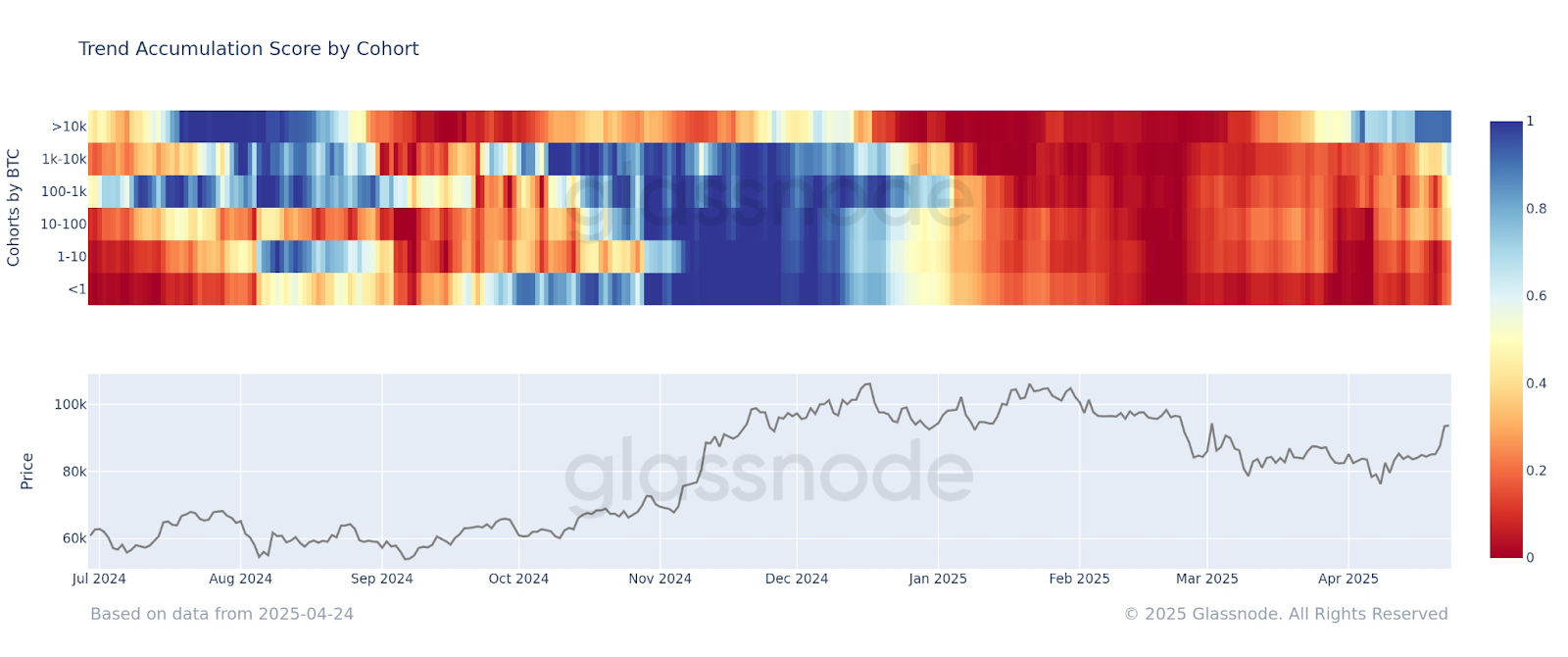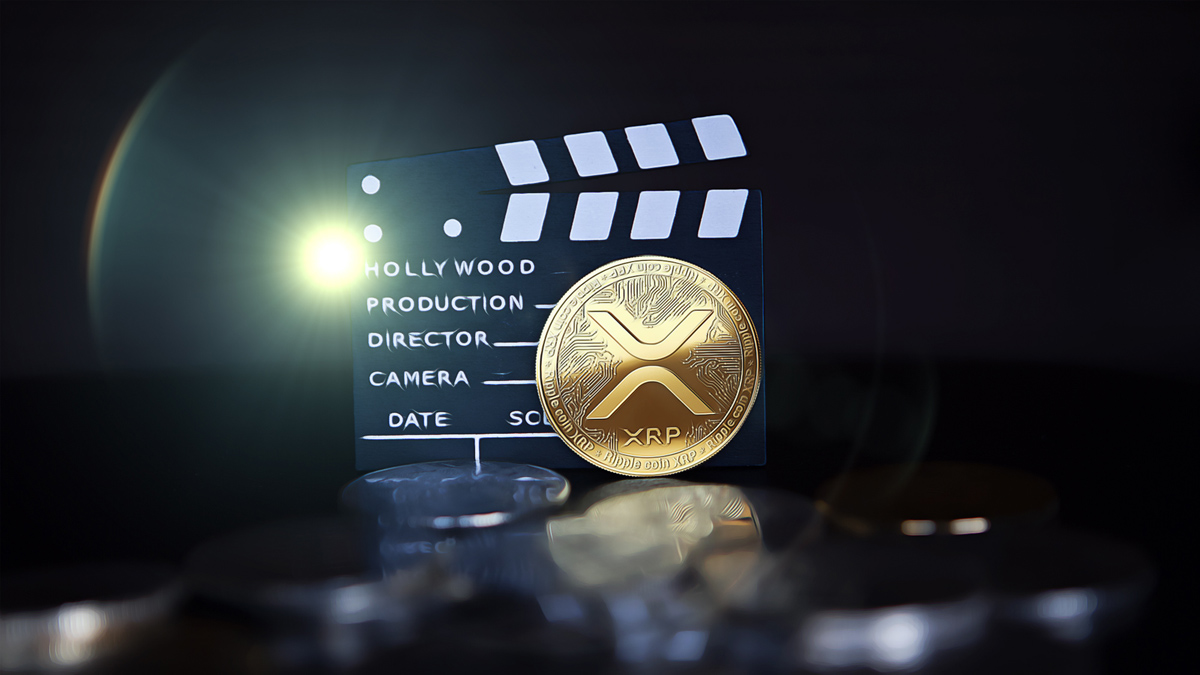
A week signaled by the restoration of optimism in the larger crypto market has one altcoin making headlines for all the good reasons. SUI , the native token of the Sui Network, has surged by over 43% in just a few days—rising from $2.10 to touch the $3 mark. The explosive rally hasn’t just captured the eyes of retail investors; it has also pushed SUI past long-time top dog Chainlink (LINK) in market capitalization. This week, SUI has a market cap of $9.88 billion, higher than LINK’s $9.54 billion and greater even than Avalanche (AVAX)—a reality placing the token among the leaders of the altcoin sector. To a lot of folks, this isn’t just another quick pump and dump. It’s seen as a validation of Sui’s growing heft in the fast-evolving crypto world. $SUI’s officially out of stealth mode. Grayscale just launched a trust, social chatter is exploding, and it’s now sitting above AVAX and LINK in market cap. This isn’t just retail hype—Wall Street is stepping into the SUI zone. Momentum feels different this time. It’s real.… pic.twitter.com/OYIYamgg80 — Kyledoops (@kyledoops) April 24, 2025 Ecosystem Strength, Wall Street Entry, and Macro Winds Shift in SUI’s Favor SUI’s price and status have surged due to a handful of converging, amplifying factors. The recent launch of a Grayscale SUI Trust has raised the pitch of institutional interest to new levels. Grayscale is known for bringing Wall Street heft into the crypto sphere via their trusts and funds; their move to set up a Sui trust is a major vote of confidence in Sui’s long-term play. It’s not just speculative traders buying Sui; serious, institutional-type capital is entering the Sui zone. That money flow is reflected in the numbers. The platforms have been deluged with people talking about Sui. And this isn’t just noise. You can practically feel the community’s collective spirit as it lifts the network and the tokens around it to ever-greater heights. So, what is all the fuss and hullabaloo about? A portion of the momentum can be attributed to an improving macroeconomic sentiment. Earlier in the month, altcoins took a beating, mostly because there was global uncertainty around the intensifying U.S.-China trade situation and the threat of new tariffs. However, both countries have now returned to the negotiating table, and the appearances of progress seem to have calmed things down quite a bit. At least for now. Crypto markets, which are notably sensitive to geopolitical developments, have calmed down too. Sui, it appears, was in an ideal location to take advantage of the change. What’s Next for Sui in 2025? With SUI’s upward price action showing persistence—$14.54 as of Dec. 28 at 9:51 a.m. UTC—questions are now shifting toward what the network has planned for the rest of 2025 and whether this dunk is sustainable. Per sources close to @SuiNetwork, the team is working on a number of big updates and community initiatives. While specifics are still under wraps, we get the sense from signals that are available that the focus is on 1. Scalability improvements; 2. New developer grants; 3. Increased interoperability with other major chains. Additionally, there are whispers going around about a broader DeFi expansion and improved onboarding tools for non-crypto native users—moves that could really widen Sui’s appeal beyond its current user base. In an important way, the pace at which Sui is developing seems different from the cycle of expectations that have characterized previous upswings in the space. In this instance, there appears to be a combination of really good fundamentals, strategic institutional alignment, and a broader narrative about altcoin utility that is sending Sui (and, it should be noted, some other non-Ethereum layer 1s) into a truly impressive place not just in terms of “market cap” but also, in some respects, in terms of just plain “realness.” Now, investors and traders will be keeping a close watch on SUI to see if it can hold onto its solid new spot near the top of the market cap rankings. The next few weeks could be quite crucial, especially if Sui can sustain its momentum the way some similar protocols have done lately. This morning, Sui was up about 35% over the past 24 hours, according to data from CoinGecko. In terms of price increases, it looked quite similar to some of the very recent appearances made by other top-tier protocols. For the time being, however, we can say this much: SUI isn’t simply another altcoin experiencing a momentary surge. It has emerged— and the market is respecting it. Disclosure: This is not trading or investment advice. Always do your research before buying any cryptocurrency or investing in any services. Follow us on Twitter @nulltxnews to stay updated with the latest Crypto, NFT, AI, Cybersecurity, Distributed Computing, and Metaverse news !
NullTx
You can visit the page to read the article.
Source: NullTx
Disclaimer: The opinion expressed here is not investment advice – it is provided for informational purposes only. It does not necessarily reflect the opinion of BitMaden. Every investment and all trading involves risk, so you should always perform your own research prior to making decisions. We do not recommend investing money you cannot afford to lose.
Dogecoin Signals Potential Rally as It Holds Key Support Levels

Dogecoin shows signs of recovery with key support levels maintained. Analysts suggest possible new peaks if critical resistance levels are broken. Continue Reading: Dogecoin Signals Potential Rally as It Holds Key Support Levels The post Dogecoin Signals Potential Rally as It Holds Key Support Levels appeared first on COINTURK NEWS . NullTx
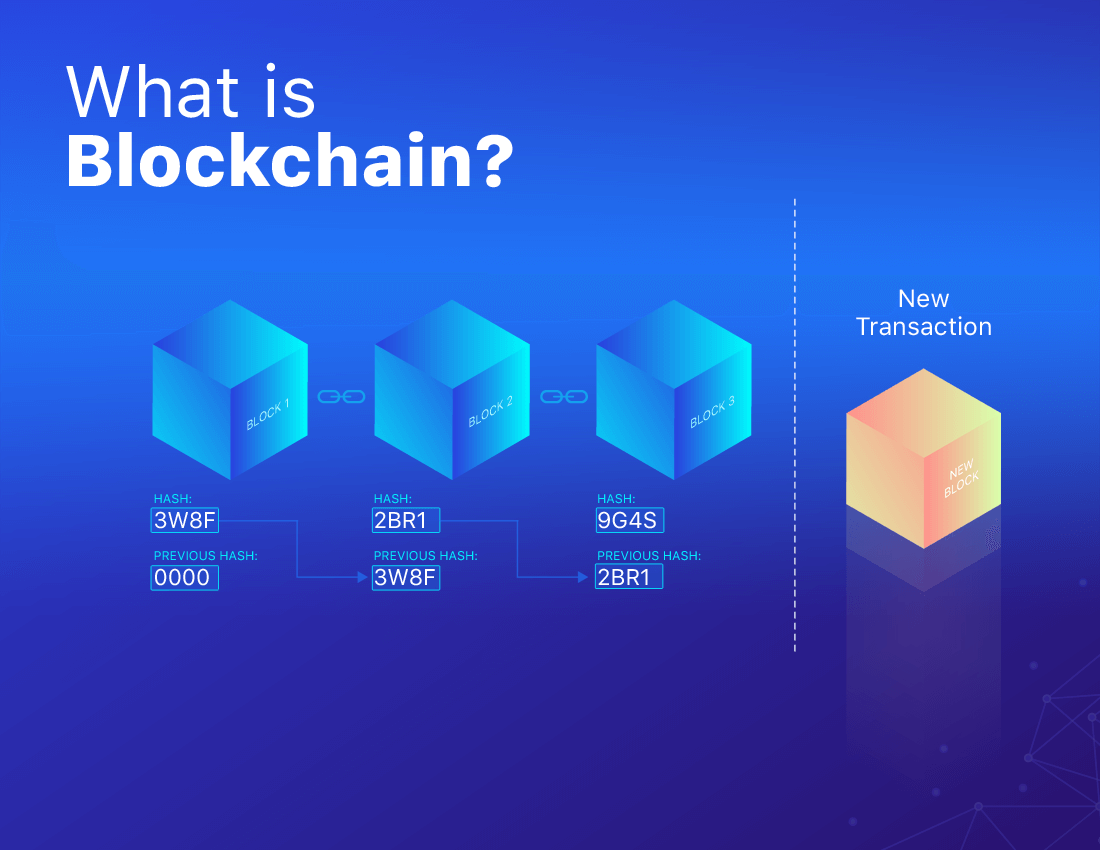
Blockchain Technology Explained: A Comprehensive Guide
Blockchain technology has emerged as a groundbreaking innovation with the potential to revolutionize various aspects of our digital world. At its core, a blockchain is a decentralized ledger that records transactions across a peer-to-peer network. This innovative approach allows participants to confirm transactions without the need for a central clearing authority, fundamentally altering how trust and verification are established in digital interactions. It can be understood as an advanced database mechanism that facilitates transparent information sharing within a business network. This database stores data in blocks that are linked together in a chain, forming a chronological and unalterable record of events. Blockchain and cryptocurrencies are not the same as often perceived. The fundamental definition of blockchain emphasizes the concepts of decentralization, immutability, and a shared, distributed ledger. These core attributes are consistently highlighted across various expert sources, underscoring their paramount importance in understanding what blockchain technology truly is. These differentiating factors, most notably decentralization and immutability, are what imbue blockchain technology with its revolutionary potential and enable its diverse applications across various industries. Decoding the Blocks and Chains Blocks: The Building Units In blockchain technology, data is organized and stored in fundamental units known as blocks. These blocks are designed to store transaction data and are sequentially linked to preceding blocks, forming an ordered chain. Each block incorporates a cryptographic hash of the block that came before it, along with a timestamp indicating when the block was created and transaction data, which is often structured using a Merkle tree to ensure data integrity. A single block within a blockchain transaction serves to record the movement of assets, whether physical or digital, from one participant to another within the network. Once a transaction has been recorded within a block, its validity must be confirmed by the majority of participants on the distributed blockchain network through a process called consensus. Each block is assigned a unique identifier, akin to a fingerprint, known as a hash. This hash is generated based on the data contained within the current block as well as the hash of the immediately preceding block in the chain. Furthermore, blocks contain metadata within their header, which includes crucial information such as a timestamp to denote the block’s creation time, a random number called a nonce used in the mining process for certain types of blockchains, and the cryptographic hash of the previous block. The data stored within these blocks is not limited solely to monetary exchanges; it can encompass a wide array of data types, illustrating the versatility and broad applicability of blockchain technology across various domains. The fundamental definition of blockchain emphasizes the concepts of decentralization, immutability, and a shared, distributed ledger. While the terms “digital ledger” or “database” provide a familiar starting point for comprehension, it is crucial to recognize the key distinctions that set blockchain apart from traditional databases. These differentiating factors, most notably decentralization and immutability, are what imbue blockchain technology with its revolutionary potential and enable its diverse applications across various industries. Chains: The Linkages Between the Blocks The organization of blocks in blockchain technology follows a sequential and cryptographic linkage, forming what is aptly named a chain. Each new block that is added to the blockchain is securely connected to the blocks that came before and after it through the use of cryptographic hashes. A critical aspect of this linkage is that the cryptographic hash of a block incorporates data from the preceding block in the chain. This design makes it computationally infeasible to alter any single block without also necessitating the modification of all subsequent blocks in the chain. The irreversible nature of this chain is a significant security feature; each newly added block reinforces the security and validation of all the blocks that preceded it, thereby strengthening the entire chain against tampering. Consensus Mechanism Before a block is added to the chain, the network has to validate the transaction using consensus algorithms like Proof-of-work (POW) and Proof-of-stake (POS). This is done to prevent fraud and ensure transparency. Different Types of Blockchain Public Blockchain: A public blockchain is defined as a distributed ledger system that operates without restrictions, allowing individuals or entities to access, view, and participate in the network. This permissionless characteristic is central to their design, distinguishing them from the private or permissioned blockchains that impose control on network participation. Private Blockchain: Also known as permissioned blockchain, it is a type of blockchain network where access is restricted to a specific group of participants. Unlike public blockchains, these blockchains are controlled by a central authority or a consortium of trusted entities. Consortium Blockchain: It is a hybrid form of blockchain technology that combines elements of both public and private blockchains. Consortium blockchains are governed by a group of pre-selected entities or organizations that collaborate to manage the network. It is useful when multiple institutions need a shared, secure, and decentralized platform without giving full control to a single party. Real World Applications of Blockchain Blockchain in Cryptocurrencies: Bitcoin and Ethereum are built on blockchain, enabling decentralized digital currencies. Blockchain in Supply Chain Management: Blockchain helps in traceability, accountability, and efficiency in logistics. Blockchain in Healthcare: Securely stores patients’ records, ensuring privacy and quick access for authorized personnel. Blockchain in Finance: Ensures faster payments, smart contracts, and fraud prevention in the current banking system. Advantages of Blockchain Blockchain technology is a transformative force, offering multiple benefits in different sectors from medical to education. Its decentralized nature ensures that no single entity controls the network, enhancing transparency, and reducing the risk of a single point of failure. The following are the advantages that blockchain provides: Decentralization : Blockchain removes the need for an intermediary by allowing peer-to-peer transactions, reducing reliance on central authorities. Transparency: In a public blockchain, all transactions are recorded on a public ledger, allowing anyone to verify and audit the data. Immutability: Once the data is recorded on the blockchain, it cannot be altered or deleted, ensuring data integrity. Enhanced Security : Blockchain uses cryptographic algorithms to secure the data, making it highly resistant to unauthorized access. Efficient Transactions: With blockchain, settlements can be done on real real-time basis, which is useful especially in financial transactions or supply chain. Disadvantages of Blockchain Blockchain is proving to be revolutionary; however, it is not without limitations: Scalability Issues: Public blockchains often face performance bottlenecks due to limited transaction throughput. Complexity and learning curve : Blockchain development and integration require specialized skills and knowledge, making adoption difficult for some businesses. Conclusion Blockchain technology is reshaping the digital world by offering decentralized, transparent, and secure solutions across a wide range of industries. From powering cryptocurrencies to enabling smart contracts on platforms, the potential applications are vast and continuously expanding. Despite challenges, ongoing innovation and growing adoption are helping to address these issues. As we move forward into a more connected and decentralized world, blockchain will undoubtedly play a central role in shaping the technologies and economies of tomorrow. NullTx

